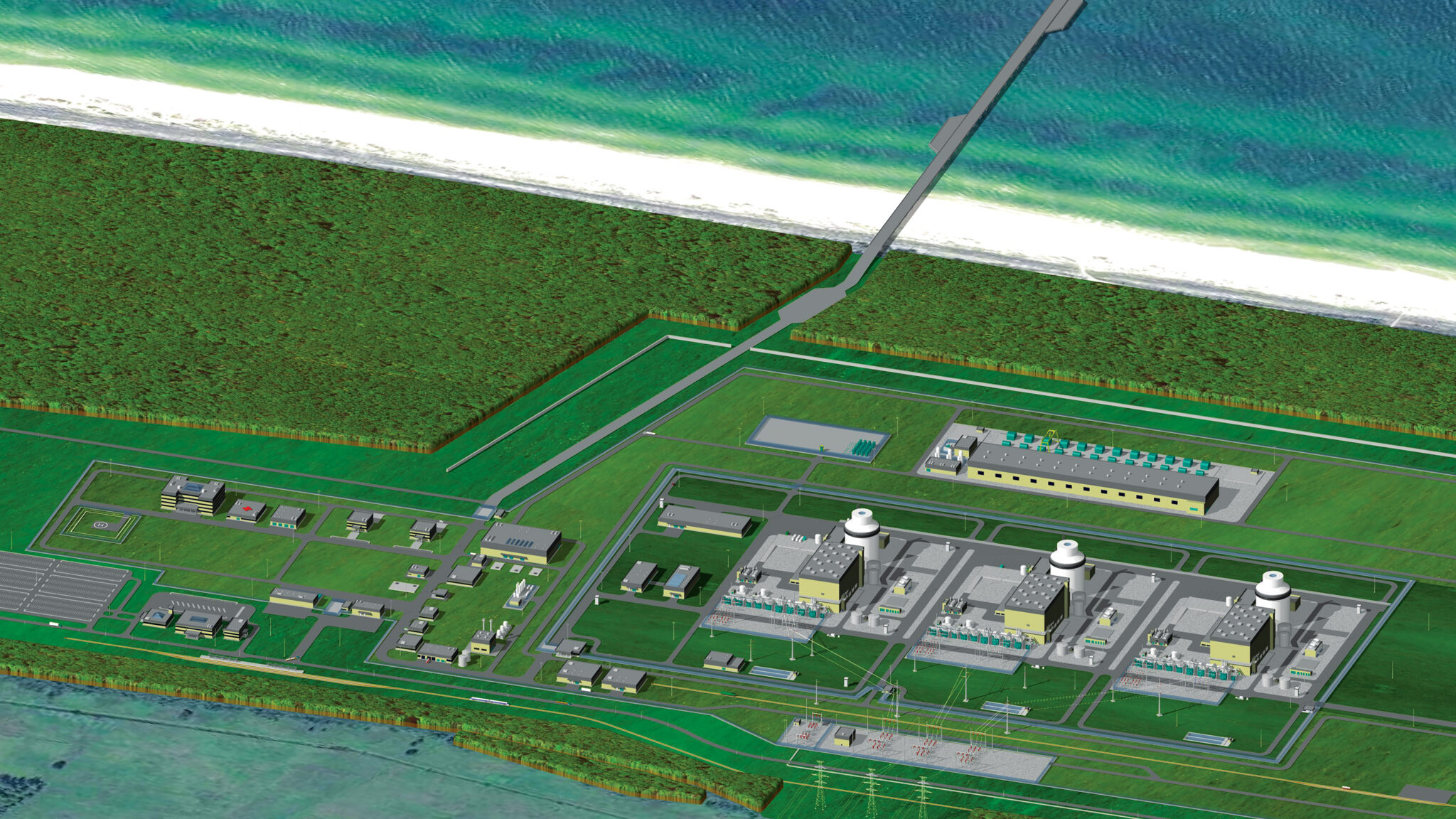Poland’s first nuclear power plant is waiting for another watershed decision – a financing model. There are at least two competing concepts, but time is running away – writes Wojciech Jakóbik, editor-in-chief at BiznesAlert.pl.
Poland’s atom is waiting for a financing model
The construction of a nuclear power plant in Poland has entered the next stage after the government had adopted a resolution on selecting the technological partner. Bechtel and Westinghouse are to provide the technology and, together with American financial institutions, part of the financing for the facility. The companies declare that they can contribute PLN 100 billion to the entire Polish Nuclear Power Program (PPEJ), as part of constructing six AP1000 reactors with a capacity of 7200 MW. They can buy up to 10 percent of Polish Nuclear Powers’s shares (PEJ). Talks on investment agreements are ongoing.
According to the Polish Nuclear Power Program, the Polish Nuclear Power Plants were supposed to keep 51 percent of the shares in the hands of the State Treasury, and the rest should go to a foreign partner. However, if that drops to 10 percent, it will be necessary to think about other options in order to reduce the budget costs of the atomic project. The government, Mateusz Berger who is the Government Plenipotentiary for Strategic Energy Infrastructure and the Department of Nuclear Energy at the Climate Ministry, which was taken over by Paweł Pytlarczyk after the departure of Tomasz Nowacki are in talks about the types of available financing. By the way, Nowacki may lead the nuclear division at Polska Grupa Energetyczna, which is to build an NPP with Korea’s KHNP, or join the Polish Nuclear Power Plants where he will be able to use his extensive experience in building reactors.
Cooperative model for financing a nuclear power plant
The discussions on the financing model for Poland’s NPPs mostly concern the problem of who will pay. SaHo, previously explained on BiznesAlert.pl by Bożena Horbaczewska, is a cooperative model where the project is bankrolled by the main energy consumers. This solution requires that these customers gradually enter PEJ’s shareholder base, giving funds for further investments, but also benefiting from the price of guaranteed energy from the atom. The Polish state gains a steady flow of money for the nuclear program, and consumers get cheap energy, but state-owned companies may be forced to enter the PEJ and will not make money from customers who bypass them in obtaining energy, such as regular Poles who put photovoltaics on the roof. In this sense, allowing the main customers to access energy will work like a direct line from renewable sources. This cooperative model is also the subject of debate outside the nuclear sector, because it can work with other investments. It is also an object of concern, because one can see the reluctance of companies such as PKN Orlen or KGHM to enter the PEJ.
Contract for difference
The alternative is a contract of difference, a solution rejected by Energy Minister Krzysztof Tchórzewski, because it means a nuclear fee on the electricity bill. In such an arrangement, the Polish Nuclear Power Plants would have a guaranteed price for power on the basis of a contract that takes into account the difference between it and the market price. This solution is known from the UK and the RAB model. The benefit is that it exempts state-owned companies from participating in the PEJ, and therefore makes it possible to reject the approach proposed by the previous government and the PGE EJ1 company. The downside is more expensive energy from the atom, and the government resolution informs that the purpose of building the atom is to ensure Poland’s competitiveness. Then the possible competitiveness of the industry would be provided at the expense of citizens, which is not acceptable in the era of the energy crisis. On the other hand, a possible change of government could mean greater acceptance of this model, given that the main opposition party had previously supported it.
Professionals will not wait for Poland
The funding model is being considered in the face of uncertainty as to whether the nuclear program described in the Polish Nuclear Power Program will continue. The Poles are discussing the first location with the Americans, they are considering the second with the Koreans, and the Prime Minister’s Office is signaling the possibility of talking about a third one with the French. So in fact only the first NPP in Pomerania, which needs a financing model asap, is actually on the table. A possible delay due to the upcoming parliamentary elections may trigger an outflow of personnel, which the Climate Ministry has been painstakingly putting together in recent years. The Climate Ministry has announced it would update the PPEJ before 2024, and the Prime Minister wants to amend the PEP2040 by the end of 2022. The financial model is to be presented at an unspecified point in 2023. Any solution is better than no solution.









